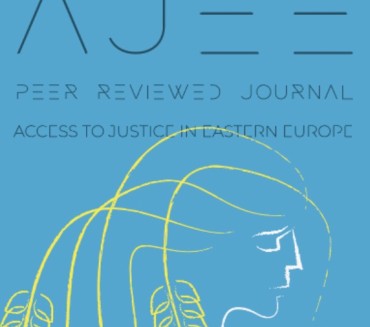Summary: 1. Introduction. – 2. Concept, Doctrine, Principle, or Rule of Procedure? – 3. Developments and Possibilities. – 4. Conclusions.
Background: State immunity, a subject rarely encountered in the East, is being brought to light more and more often lately. In the process of being detached from customary law, it has been subject to several attempts at codification. These attempts appear to have been overtaken by developments in doctrine, which demonstrates the existence of potentially delicate situations of public international law. In this context, we recall the United Nations Convention on Jurisdictional Immunities of States and their Property (New York, December 2004), which has not yet entered into force.1 In this context, we also note the initiatives for the establishment of the European Court of State Immunity contained in the European Convention on State Immunity of 1972 and its Additional Protocol, which has never been operational.2
Methods: This article aims to take stock of the status quo of the doctrine of state immunity in international law as a whole by highlighting the existing normative aspects in relation to the problems of implementation.
Results and Conclusions: The arguments and conclusions are intended to underline the importance of understanding the reality, in particular, of how this doctrine works together with its exceptions. The method of scientific introspection based on primary and secondary data from scientific journals, books, documents, expert opinions, and other publications has been used to develop this article.

